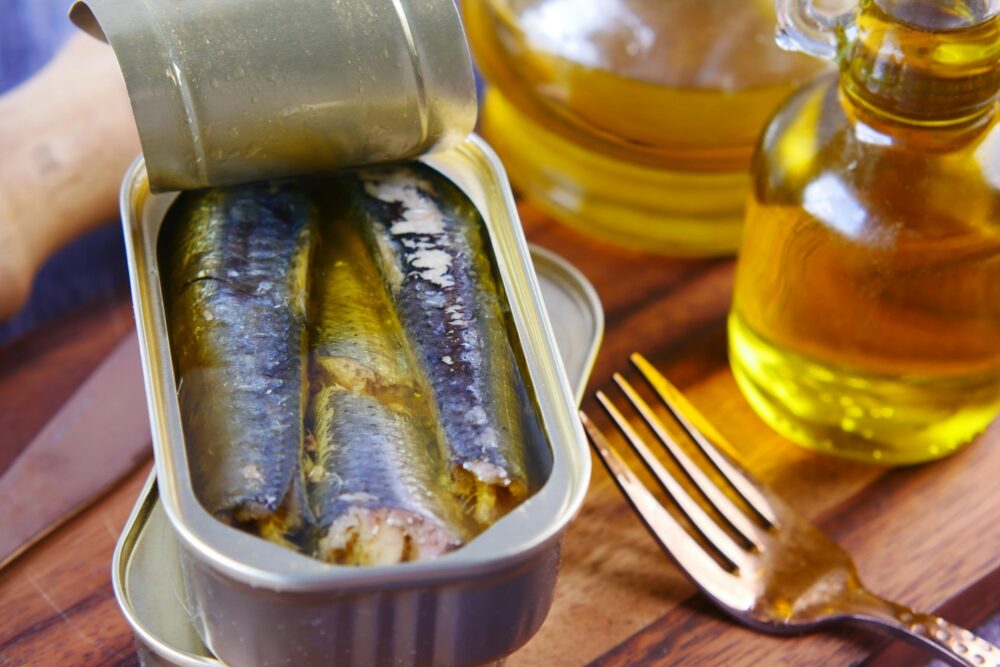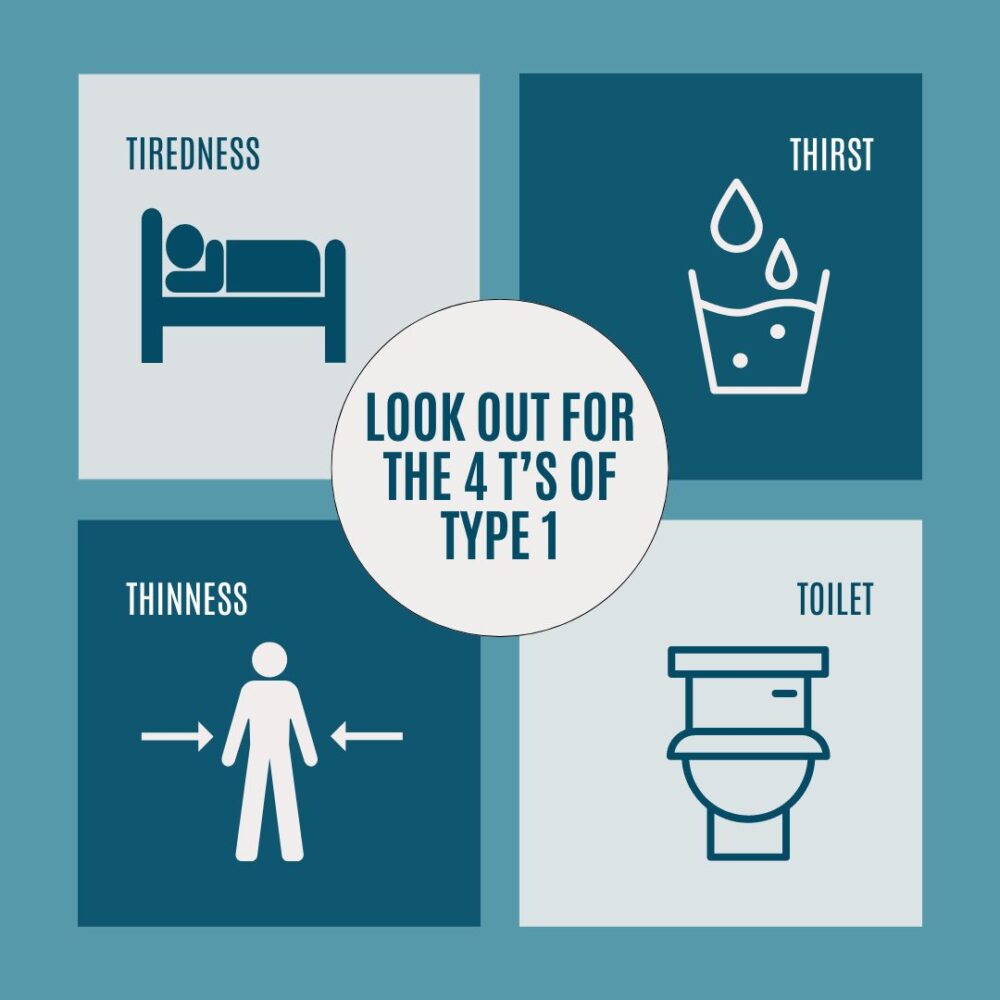Snack time is a daily ritual for many, particularly those living with diabetes and managing blood glucose levels. Within this blog post, discover a wealth of information and valuable tips on building well-balanced, healthy snacks. All aimed to inspire a more diverse choice of foods, for a healthier and more mindful snacking experience!

The Importance of Balanced Snacks for Blood Glucose
Managing blood sugar is a complicated daily task, and snacking plays a pivotal role in helping to keep blood glucose in range. For individuals living with diabetes and managing these fluctuations, each snack can either be a step toward balance or a potential misstep leading to unwanted spikes and subsequent crashes.
However, the good news is that incorporating balanced snacks into your diet can be the key to slowing down the roller coaster ride. I’ve found that incorporating balanced snacks throughout the day (along with a balanced meal) helps to keep energy and mood levels more stable.
In this article, I will explain all about what well-balanced snacking is, provide insights and tips on how you can create your own well-balanced snacks, along with plenty of snack ideas along the way.

Snacks and Hypoglycemic Management
For individuals managing diabetes with insulin or specific medications that increase the risk of low blood sugar levels (hypos), starchy carbohydrate snacks (whole-grain bread, crackers, sweet potato etc) may be necessary to sustain blood sugar levels. These may be needed between meals or after a very low hypoglycemic episode that has been treated directly with fast-acting sugar. However, if you discover the need for frequent snacking to prevent hypos, it’s crucial to consult with your diabetes team.
Components of a Well-Balanced Snack

A well-balanced snack combines a combination of fibre-rich carbohydrates, lean proteins, and healthy fats. These elements work in synergy to provide steady energy and keep your blood sugar stable between meals.
Fiber-rich carbs are your friends for long-lasting energy. They digest slowly, preventing rapid increases in blood sugar. They will also help t keep you feeling fuller for longer.
Next are proteins – These are the building blocks your body needs. Including protein in your snack will again help you feel full longer and hopefully avoid the lure of less healthy options.
Lastly, healthy fats are key. They’re more than just a source of energy; they improve the absorption of essential vitamins and support brain health.
For example, you might pair an apple with a spoonful of almond butter. The apple offers fibre and simple carbs for immediate fuel, while the almond butter provides protein and fats that promote satiety and a gradual energy release.
We have found that combining these components in all our snacks helps avoid the highs and lows that can wreak havoc on my daughter’s blood sugar levels and overall well-being. And aside from diabetes management, for me personally, I find that following a well-balanced snack formula stops me from reaching for the biscuit tin throughout the day and works towards ensuring I’m getting all the important nutrients I need!
Fibre Rich Carbohydrates: Counting for Consistency

Carbohydrates play a pivotal role in managing blood sugar levels. They break down into glucose in our bloodstream, directly influencing blood sugar.
But here’s the deal, Not all carbs are equal. Refined and simple carbs can cause your blood sugar to fluctuate dramatically, so opt for more complex, fibre-rich carbs such as whole grains, fresh fruit, and legumes, as they provide sustained energy and help prevent rapid blood sugar spikes., like whole grains, fruits, legumes etc to keep levels more stable. And of course, it’s imperative to count the carbs in your snacks to ensure that you calculate the right insulin dose using your personal carb: insulin ratio.
Here are a few more tips to help with choosing the carbohydrate portion of your snack:
Portion control – the key to enjoying carbs while keeping your glucose in check. Use your hand as a guide – a clenched fist typically represents a good serving size for carbohydrate foods. Keep in mind, that balancing your snack’s carb content with protein and fats helps maintain a blood sugar-stable state until your next meal.
Read labels – be aware of the carbs and hidden carbs present in different snack foods.
Opt for low to medium Glycaemic Index Carbs – this can be helpful when blood sugars are already high. But it will also mean that the carbs will be absorbed by the body at a slower rate, allowing more time for your insulin to catch up.
Making more thoughtful choices about the quality and quantity of carbs. Doing so will support stable energy levels throughout the day and contribute to a more sustained time in range.
Protein: The Building Block

Protein acts as a stabilising force for blood sugar levels by slowing digestion and reducing the absorption rate of carbohydrates into the bloodstream. This process helps avoid rapid spikes in glucose following meals or snacks. Aim for a protein intake of about 10 to 15 grams in your snacks.
Increasing your overall protein intake is not only beneficial for your overall health but will reduce the amount of countable carbs, improve satiety and blood sugar balance.
Easy sources of protein include a handful of almonds, hard-boiled eggs, tinned fish or cooked lean meat like chicken. Greek yoghurt or a scoop of cottage cheese also makes excellent high-protein options.
Including these foods in your snacks keeps you full longer and your blood sugar more consistent, making them an ideal choice for maintaining optimal well-being.
Fats: Quality Over Quantity

I understand the hesitation some of you might feel about including fats in your snacks. If like me you were brought up in the age of “all fats are bad” and you should “only eat low-fat”, then let me dispel that myth. Thankfully more up-to-date research has proved that the role of healthy fats in our diet is important. But it’s about choosing the right type of fats—healthy fats—can make a positive impact on your overall health. Fats like omega-3 fatty acids are celebrated for their ability to help manage blood pressure and are linked to a lower risk of heart disease. These are not the villains often portrayed in diet culture; they are dietary superstars that provide fullness and flavour to your snacks.
Some excellent sources of these healthy fats are:
Nuts but particularly almonds and walnuts. They pack a punch not only in terms of protein but also heart-friendly fats.
Avocado is another nutrient-dense option that is wonderful with whole-grain toast or can be enjoyed solo with a sprinkle of salt and pepper.
Chia seeds are versatile and are delicious as a chia pudding or can be added to yoghurt and smoothies.
Seeds like sunflower or pumpkin can easily be tossed into salads or as a topping for oatmeal for an added boost of healthy fats.
Including these great options in your snacks is a straightforward strategy to support blood sugar control while also taking care of your heart. Remember, a little goes a long way, so be mindful of portions to align with the rest of your nutrient needs.
Add some Veg
One additional thing I always like to do is add some veg to my snack. Not only does this up the nutritional value of your snacks but you get all the extra health benefits veg can bring. Plus, these nutritious additions come with the bonus of being carb-count-free!
Building Your Balanced Snack: A Step-by-Step Guide

- Select Your Base: Begin by choosing fibre-rich carbs as the foundation. Opt for whole grains like a slice of whole grain bread, a piece of fruit, or vegetables. These foods not only give you long-lasting energy but also help maintain a stable blood glucose.
- Add Protein: Include a source of protein to your snack. You might use a handful of nuts, a slice of turkey, or a spoonful of Greek yoghurt. Protein helps sustain your satisfaction until the next meal.
- Incorporate Healthy Fats: Sprinkle in some healthy fats like avocado slices, a drizzle of olive oil, or a few olives. The fats contribute to heart health and keep you feeling full.
- Measure Portions: Keep portions in check to manage calorie intake. A rough guide: 50-60g of carbs, a palm-sized amount of protein, and a thumb-sized quantity of fats.
- Mix and Match: Combine these elements creatively based on your taste. Perhaps spread peanut butter (protein and fat) on apple slices (carb) or add a dollop of cottage cheese (protein) to a couple of oat cakes (carb), topped with nuts & sun-dried tomatoes (fat).
- Experiment with Flavours: Don’t hesitate to spice things up. Use herbs and spices for flavour without the added sugar or salt.
Smart Snacking Tips for Busy Days
Integrating balanced snacks into your daily routine need not be a time-consuming task. Begin by dedicating a portion of your weekend to preparing snacks for the week ahead. This can involve washing and chopping vegetables, portioning out nuts and seeds, or making a batch of Healthy muffins. Keep these convenient snacks in clear, grab-and-go containers for ease and visibility.
You can also keep a stash of nutritious options at your workspace. Portion-up bags of nuts, dried fruit, and rice cakes topped with a little nut or seed butter are excellent choices that don’t require refrigeration. Another strategy is to choose snacks that combine food groups for balanced nutrition. Like a small yoghurt with fresh berries. Adopt the habit of including a mix of carbs, protein, and healthy fats to sustain your energy levels
For more snacking tips the check out my article on SNACKING TIPS – 10 TIPS TO HELP YOU SNACK BETTER.
Dont Forget Satisfaction
Whilst the ideal is to create well-balanced and nutritious snacks, there will be occasions when your taste buds want something else or crave a highly processed option. Anticipate those inevitable moments by preparing ahead. Instead of opting for a bag of crisps, consider roasting some chickpeas with a dash of salt and spice. If you’re in the mood for something sweet, have a couple of squares of dark chocolate over milk chocolate, or add a touch of honey or agave to a small yoghurt. These alternatives not only help to satisfy your cravings but also help in maintaining blood sugar levels.
Snacking with Purpose: Your Takeaway
I’ve shared with you the foundations of building a balanced filling snack that should not only satisfy your taste buds but also help to keep your blood sugar under control. You now understand the importance of mixing carbohydrates, proteins, and fats to achieve a nutritional balance that can help prevent those unwelcome blood sugar spikes and drops. Remember, opting for fiber-rich carbs can offer lasting energy, while integrating adequate protein can support blood sugar management, and choosing high-quality fats can improve heart health and add wonderful flavour.
Personalising your snack options based on what you enjoy ensures that a healthy lifestyle is not just feasible, but also enjoyable. Let these insights guide you toward smarter snacking habits. Whether it’s a busy day or a moment of leisure, embrace balanced snacks as a stepping stone toward a healthy future and blood glucose management. Making conscious choices today will profoundly influence your well-being and by snacking smarter allows you to take control of your blood sugar.
Resources and Further Reading
Carbohydrates and Blood Sugar – The Nutrition Source
Snack Food, Satiety, and Weight – Advances in Nutrition, 2016
Protein – The Nutrition Source
Five Evidence-Based Lifestyle Habits People With Diabetes Can Use – American Diabetes Association, 2020
Diabetes and the Nutrition and Diets for Its Prevention and Treatment: A Systematic Review and Dietetic Perspective – Health Sciences Research, 2020
The Fat Truth: Why your body needs fat – Zoe Science
Get Portion Wise – British Nutrition Foundation








Leave a Reply